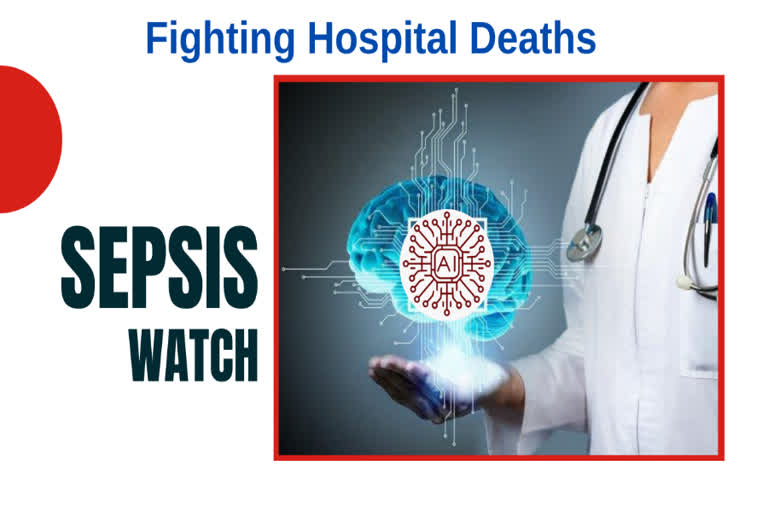MIT Technology Review, USA: Sepsis occurs when an infection triggers full-body inflammation and ultimately causes organs to shut down. It can be treated if diagnosed early enough, but that’s a notoriously hard task because its symptoms are easily mistaken for signs of something else.
Sepsis Watch promised to change that. The product of three and a half years of development (which included digitizing health records, analyzing 32 million data points, and designing a simple interface in the form of an iPad app), it scores patients on an hourly basis for their likelihood of developing the condition. It then flags those who are medium or high risk and those who already meet the criteria. Once a doctor confirms the diagnosis, the patients get immediate attention.
In the two years since the tool’s introduction, anecdotal evidence from Duke Health’s hospital managers and clinicians has suggested that Sepsis Watch really works. It has dramatically reduced sepsis-induced patient deaths and is now part of a federally registered clinical trial expected to share its results in 2021.
Also Read: Air conditioning technology is the great missed opportunity in the fight against climate change
At first glance, this is an example of a major technical victory. Through careful development and testing, an AI model successfully augmented doctors’ ability to diagnose disease. But a new report from the Data & Society research institute says this is only half the story. The other half is the amount of skilled social labor that the clinicians leading the project needed to perform in order to integrate the tool into their daily workflows. This included not only designing new communication protocols and creating new training materials but also navigating workplace politics and power dynamics.
The case study is an honest reflection of what it really takes for AI tools to succeed in the real world. “It was really complex,” says coauthor Madeleine Clare Elish, a cultural anthropologist who examines the impact of AI.
Repairing innovation
Innovation is supposed to be disruptive. It shakes up old ways of doing things to achieve better outcomes. But rarely in conversations about technological disruption is there an acknowledgment that a disruption is also a form of “breakage.” Existing protocols turn obsolete; social hierarchies get scrambled. Making the innovations work within existing systems requires what Elish and her coauthor Elizabeth Anne Watkins call “repair work.”
During the researchers’ two-year study of Sepsis Watch at Duke Health, they documented numerous examples of this disruption and repair. One major issue was the way the tool challenged the medical world’s deeply ingrained power dynamics between doctors and nurses.
In the early stages of tool design, it became clear that the rapid response team (RRT) nurses would need to be the primary users. Though attending physicians are typically in charge of evaluating patients and making sepsis diagnoses, they don’t have time to continuously monitor another app on top of their existing duties in the emergency department. In contrast, the main responsibility of an RRT nurse is to continuously monitor patient well-being and provide extra assistance where needed. Checking the Sepsis Watch app fitted naturally into their workflow.
But here came the challenge. Once the app flagged a patient as high risk, a nurse would need to call the attending physician (known in medical speak as “ED attendings”). Not only did these nurses and attendings often have no prior relationship because they spent their days in entirely different sections of the hospital, but the protocol represented a complete reversal of the typical chain of command in any hospital. “Are you kidding me?” one nurse recalled thinking after learning how things would work. “We are going to call ED attendings?”
